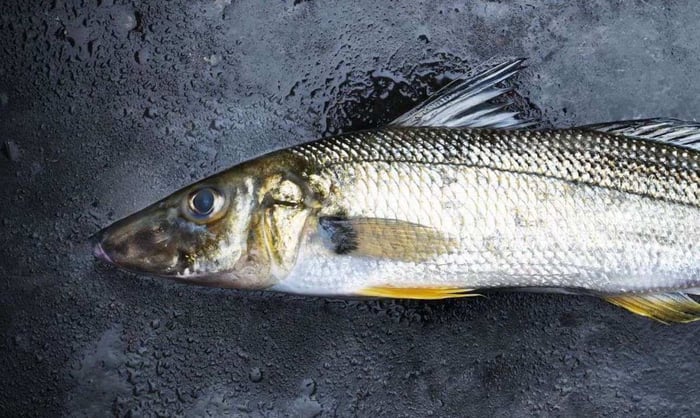Targeting Sand Whiting
When targeting Sand whiting you have the option of bait fishing in estuaries, bays and beaches vs surface luring in estuaries and bays. When bait fishing use live or fresh bait and incorporate a slow retrieve with the occasional pause into your style. When surface luring constantly cover new ground, cast up current and retrieve with the tide, and vary the action and pace of retrieve. Throwing a pause into a fast erratic retrieve is dynamite on timid fish. To set the hook with whiting employ a slow lift or gentle lean rather than a sharp strike.
Sand whiting inhabit sandy areas within estuaries, bays and coastal beaches at a depth generally between 0.5-6m. When targeting whiting within an estuary focus on the sand flats during an incoming tide, particularly the upper reaches of the tidal front, and channel edges during the run out tide. On the beach, look for areas of interest such as shallow gutters and holes, corrugated trenches and divots, and also the edges of washy sandbars.
Whether bait fishing from the shore or from a boat the rig you use remains the same, the only thing that differs is the amount of weight you use. Fishing a monofilament mainline can be beneficial as the elasticity reduces the chance of pulled hooks. Sand whiting rigs vary but a simple rig that works consists of a size 4-8 long shank hook, 0.5-1m monofilament leader, and a running ball sinker above a swivel. Bait up with a live nipper or beach worm and you’re in business.
Bait: 4-6lb monofilament & 0.5-1.0m 4-6lb fluorocarbon leader.
Lure: 2-4lb braid & 1.5m 4-6lb monofilament leader (the shorter the more action imparted).
Size 4-8 long shank hook, size 4-8 swivel, and size 0-2 ball sinker (slightly heavier in the surf).
Fine gauge, roughly size 12 treble.
The best baits for Sand whiting are live ghost nippers (nippers or yabbies), bloodworms, beach worms and pippies.


